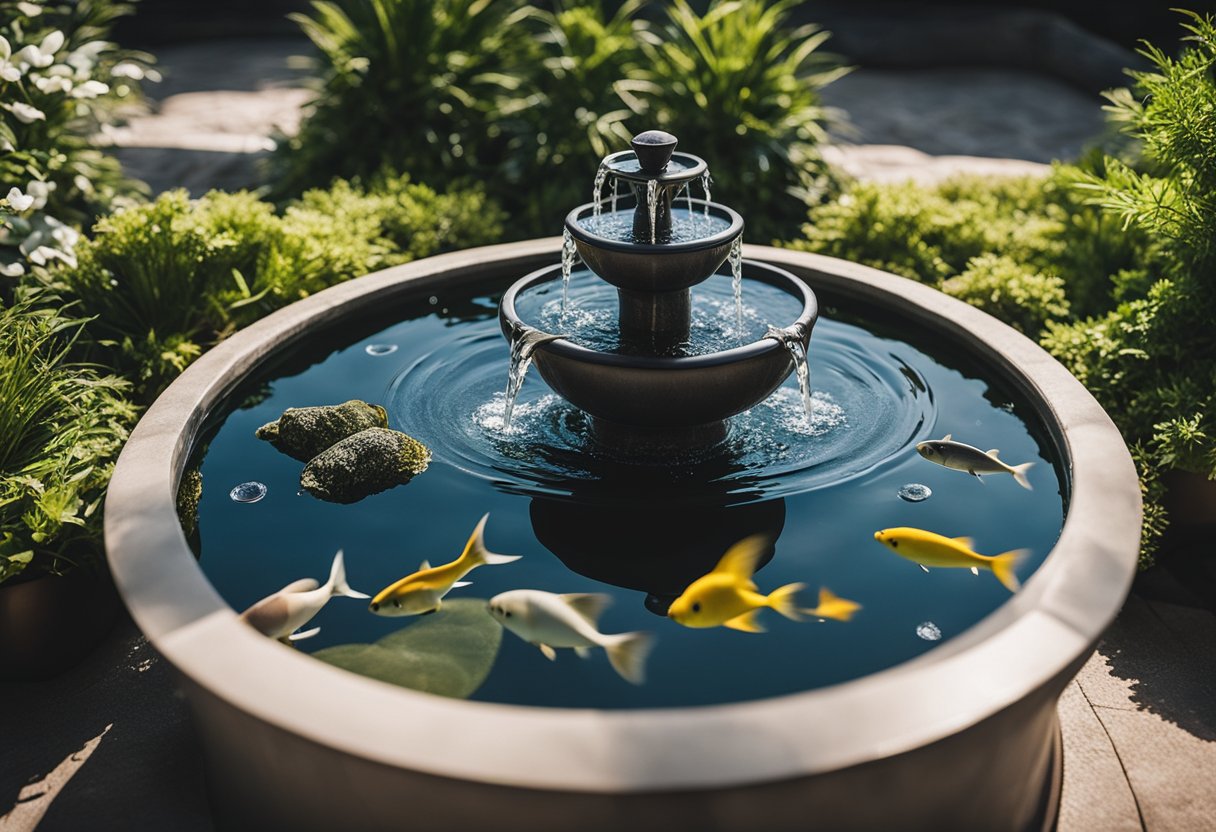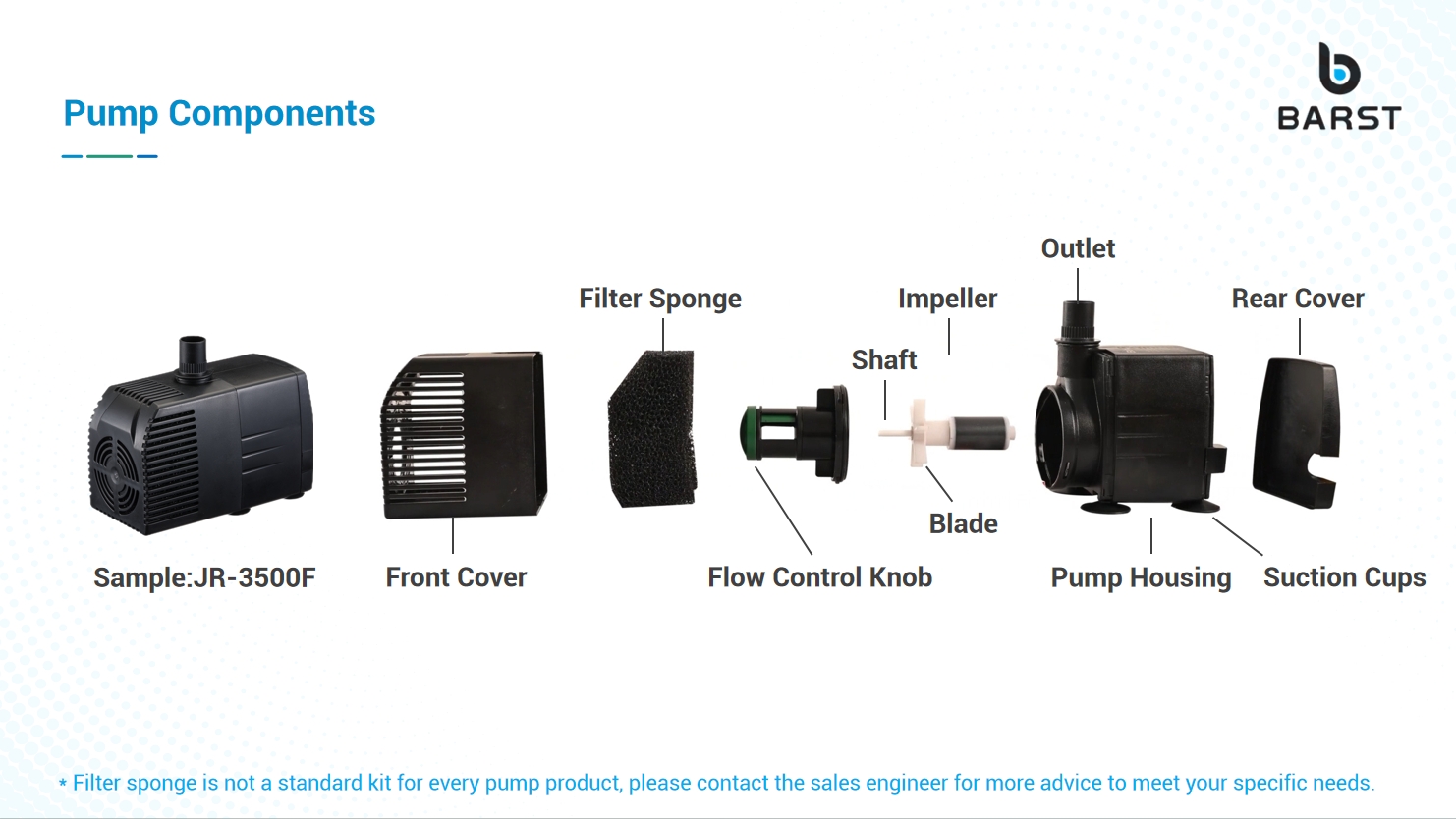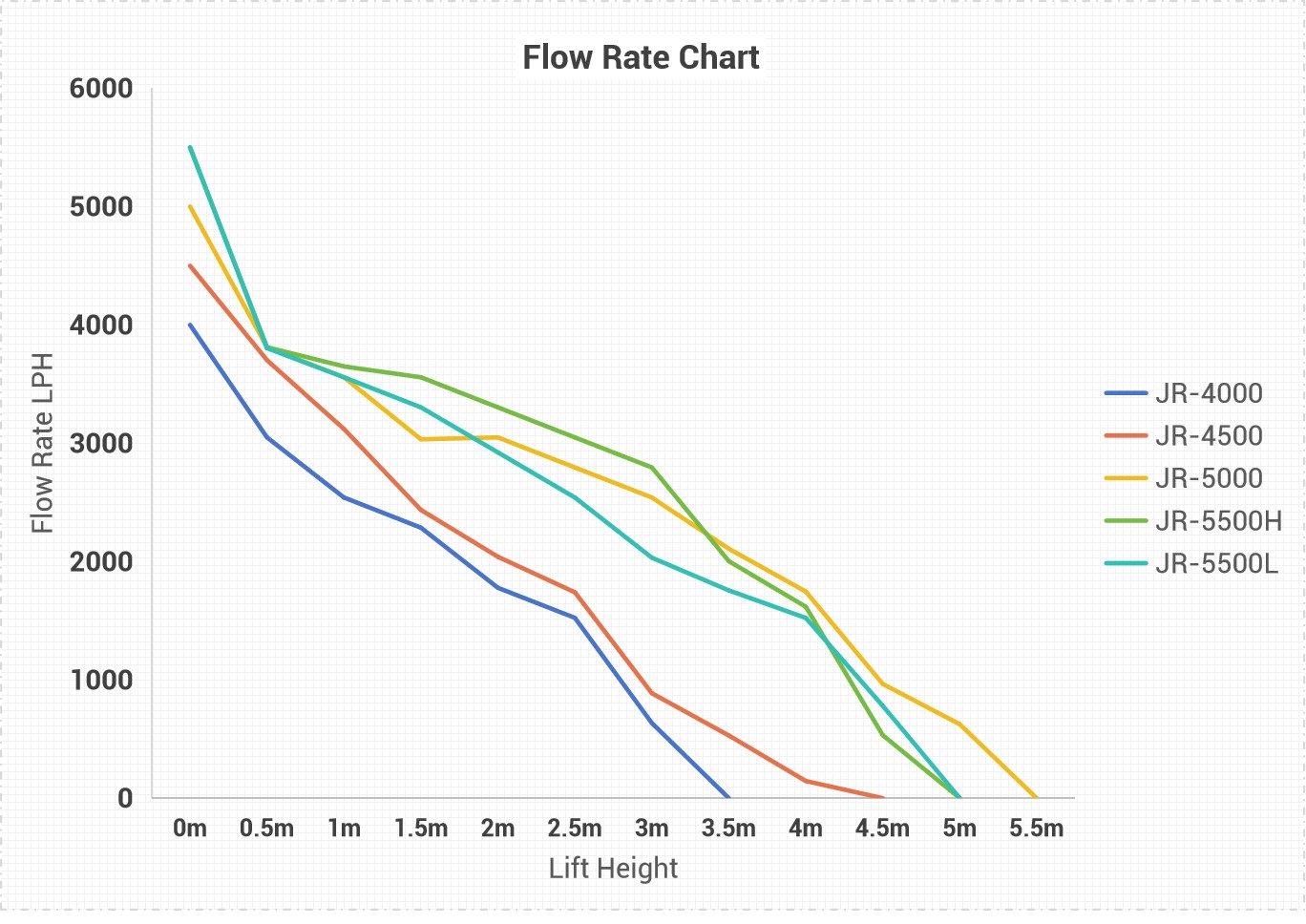Pond Pump, Fountain Pump, Aquarium Water Pump
and Hydroponic Water Pump:
Key Choices for Efficient Water Circulation
Are you ready to dive into the world of aquatic ecosystems? Whether you’re nurturing a serene pond, showcasing a stunning fountain, maintaining a vibrant aquarium, or nourishing your seeds and plants in the grow bed, the right pump can make all the difference. Pond pumps, fountain pumps, and aquarium and hydroponic water pumps are not just accessories; they are the lifeblood of your aquatic environment, ensuring that water circulates, filters, and aerates properly for the health of your fish and plants.
In this article, we’ll explore the fascinating features and functionalities of each pump type. Curious about how to install them or keep them in the best use? We’ve got you covered with practical tips and insights that will help your aquatic system thrive. By the end, you’ll be well-equipped to choose the perfect pump tailored to your unique needs, transforming your aquatic space into a flourishing oasis. Let’s get started!
Key Takeaways
Knowing the type of pumps, the key specification and accessory info
How does pump work and the key components
Regular maintenance and cleaning make them longer-lasting
Types of Water Pumps
Identify by Applications
Pond Pumps: These are generally used for outdoor larger bodies of water. They help circulate water to the fish and plants to live in a healthy and beautiful home.
Fountain Pumps: Designed for smaller applications, these pumps are ideal for indoor tabletop fountains or cat and dog water fountains. They are compact but capable of moving sufficient water.
Aquarium Water Pumps: These pumps are essential for maintaining water quality in fish tanks. They help filter and circulate water.
Hydroponic Water Pumps: These are used in soil-less growing systems. They provide nutrient-rich water to plants efficiently.

So make sure you’re 100% clear where you’re going to use the pump is the first step.
Classified by Installation Method
Submersible water pumps: They need to be fully submerged in water so have to be maintained frequently compared with external pumps. They’re quieter but usually less powerful.
External water pumps: You can also call them surface pumps or in-line water pumps. They need to be placed outside the water. External pumps are easier to maintain, powerful and more durable but noisier during operation.
How do you want to place the pumps, if you’re interested, welcome to contact our sales engineers for more info regarding their comparison on costs, power, energy-efficiency, lifespan and environment impact.
Different Power Sources
Solar panel water pumps: They’re often seen as a cost-effective and environmentally friendly option but they rely too much on the sunshine so you have to consider the weather factor.
Electrical water pumps. Compared with solar pumps, they’re not limited by the weather conditions so you and the fish can enjoy the water fun all day, all year.
Are you from a remote place not convenient with electricity? Is your home often surrounded by rainy weather like London? Do you have a sufficient solar power station setup in your home? Try to answer them or ask our sales engineer team for a seasoned plan.
How does the submersible pump work?
A submersible water pump operates by using an electric motor to drive an impeller that draws water into the pump and as it spins, it creates a centrifugal force that pushes the water through a discharge outlet, all while being submerged in the fluid it is pumping.
Key Components
Motor (Covered in Pump Housing): The electric motor drives the pump impeller to rotate and they’re 100% waterproof, in Barst, all pumps are certificated with IPX-8 level.
Impeller: This is the heart of the pump, responsible for moving the water. In Barst, for some models, we choose ceramic shafts so they can provide corrosion protection to prevent damage from salty water.
Suction Cups: The strong suction power helps the pump stand and operate very stably.
Intake/Flow Control Knob: A filter at the inlet that prevents debris from entering the pump, protecting it from damage. And you can adjust the water flow with the knob.

Submersible pumps are preferred for their efficiency, ability to operate in deep water, and reduced noise levels compared to other pump types.
Pump Specifications and Accessories
When choosing a pump, understanding specifications and performance is essential. Key factors like flow rate, lift height, power consumption, and available accessories significantly affect how well a pump meets your needs.
Flow Rate
Flow rate is the volume of water a pump can move in a specific time, typically measured in gallons per hour (GPH, written as G/P) or litre per hour (LPH, written as L/H).
Low Flow Rate: Ideal for smaller features or delicate aquatic systems, like tabletop fountains, pet water fountains or indoor fish tanks. These usually range from 40 to 160GPH and 150 to 600LPH.
Medium Flow Rate: Suitable for medium-sized ponds or indoor or outdoor fountains, generally between 40 to 160GPH and 800 to 3500LPH.
High Flow Rate: Necessary for large water feature installations, such as extensive ponds or hydroponic systems, which can reach 1056 to 2650GPH and 4000 to 10000LPH.
Extra High Flow Rate: Usually fit for large outdoor pond water features, range from 3440 to 8000GPH and13000 to 30000LPH.
Selecting the right flow rate ensures your water feature stays healthy and visually appealing.
Lift Height
Lift height refers to how high a pump can push water vertically. This is measured in feet(FT)or centimeters (cm) and is critical for fountain water features and hydroponic systems.
Low Lift Height: If you only need to move water a short distance, choose a pump with a lift height of 1.7-3.6FT and 50-110cm.
Medium Lift Height: For fountains or ponds that require water to be raised 4.3-11.5FT and 130-350cm, look for pumps designed for this range.
High Lift Height: If you're aiming for tall fountains or waterfalls, select a pump that can lift water over 10FT and 340cm.
Extra High Lift Height: For extra long lift height for large outdoor fountains or hydroponic systems, we recommend the pump with a head height of 12.5-21FT and 380-610cm.

Pump flow rate and lift height are the most two important factors when you choose the right pump for your water feature or hydroponic settings, besides, you should also learn more accessory info to help you well make the best use of the product.
Pump Accessories
Many pumps come with accessories that enhance performance or ease of use. Consider these essential components:
Lights: To create a joyful water feature for your night, Barst also provides many flexible lighting kits with various portfolios and colors.
Mist Makers: If you want to add a mysterious veil for your pond features, then the fog maker can help your pond get more fun.
Pre-filters: Choosing the pump with filters can help protect the pump from debris and dirt, prolonging its lifespan.
Fountain Nozzle Kit: Sometimes, if you want to see various performs of spraying water, a fountain pump with a nozzle kit is a good option. Here you can see water shaped of water-bell, trumpet, water-spray and foam-jet with our kit.
Solar Panel and transformer: If you want to have a solar panel submersible pump or a pump with a low-voltage transformer.
Good cooking can’t leave good ingredients, the powerful accessories can help you double your output, if interested, contact us for more info.
Installation, Maintenance and Troubleshooting
Installation Guidelines
When installing a pond or fountain pump, start by choosing the right location. Ensure the area is stable and close to a power source.
Steps for Installation:
Look at your waters. Figure out if your pump products are available for salty water, and follow the instructions from the manufacturer to confirm which kind of water you can use.
Position the Pump: Place it in the water, and ensure the water level covers the pump entirely to avoid overheating. DO NOT operate the submersible water pump without water, except for its in-line or external water pump.
Connect to Power: Ensure that all electrical connections are secure and free from water exposure. Use a Ground Fault Circuit Interrupter (GFCI) for extra protection. This is important for submerged and external pumps. Watch out for the drip loop setting especially when you use the pump for the aquarium.
Seal Connections: Make sure all electrical connections are waterproof. All Barst machines and power cords are waterproof with IPX-8 certification and if you need extra winterproof cords, contact our sales team, we can offer them up to -35° or -31F°.
Maintenance and Troubleshooting
Regular maintenance of your pond and fountain pumps is essential for their longevity and efficient operation. Here are the common issues to help you decide whether to repair or replace your pump.
Routine Cleaning
Cleaning your pump regularly can prevent many performance problems. Begin by turning off and unplugging the pump.
Next, remove it from the water. Inspect for debris, such as leaves or dirt, that might be clogging the intake. Rinse the pump under clean water to remove buildup. Make sure to clean the impeller, as it helps keep water flowing smoothly.
After cleaning, check the connections and hoses for any signs of wear. Reassemble the pump and test it to ensure proper functioning. Following these steps every few months can keep your pump in top condition.
Common Issues
You may encounter various problems with your water pump. Here are some typical issues and their causes:
Not Pumping Water: Check for clogs in the intake or hose. Ensure the pump is submerged properly.
Unusual Noises: This could signal a debris blockage or a failing motor. Inspect and clean as needed.
Hums but No Flow: Often indicates the impeller is stuck. Disconnect and clean the impeller to restore movement.
Leaking Water: Look for cracks in the casing or damaged seals. You may need replacements to prevent further leaks.
Identifying these issues early can help you avoid larger problems down the line.
That's it
Now we have learnt about the necessary knowledge about how to distinguish different water pumps for your pond, fountain, aquarium and hydroponic system, but how to select the right pump to meet your needs? Stay tuned for the next blog.

